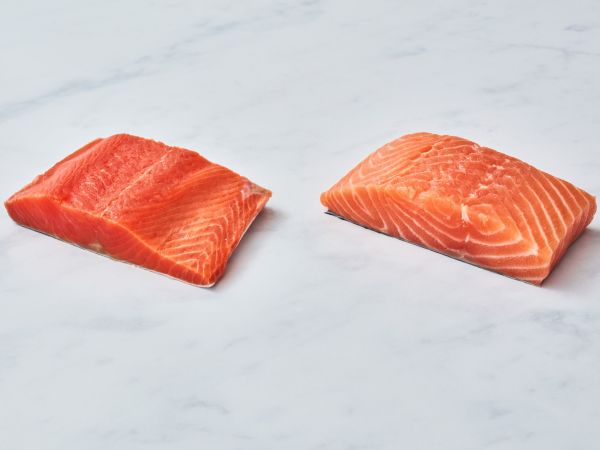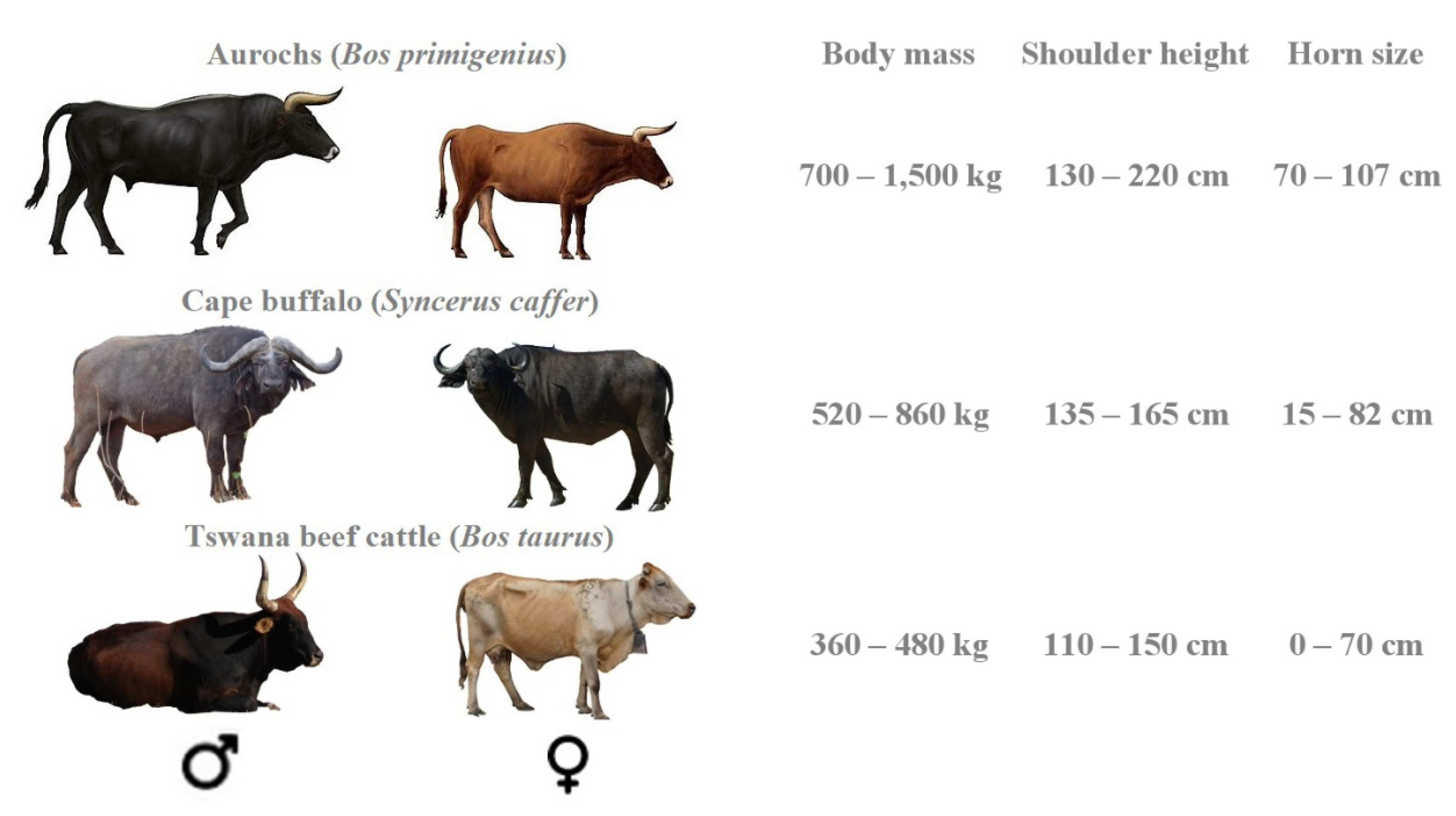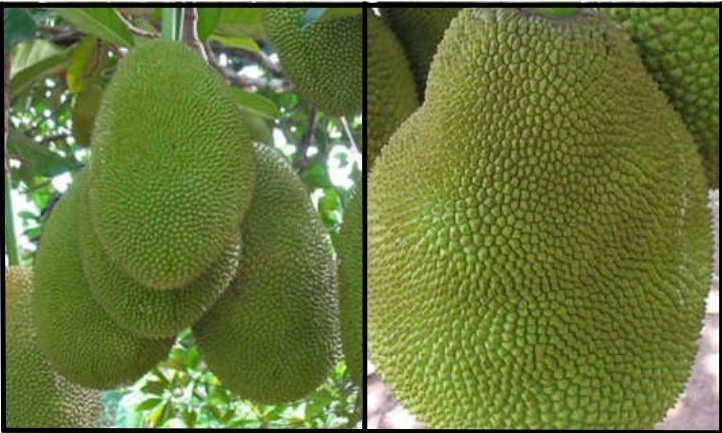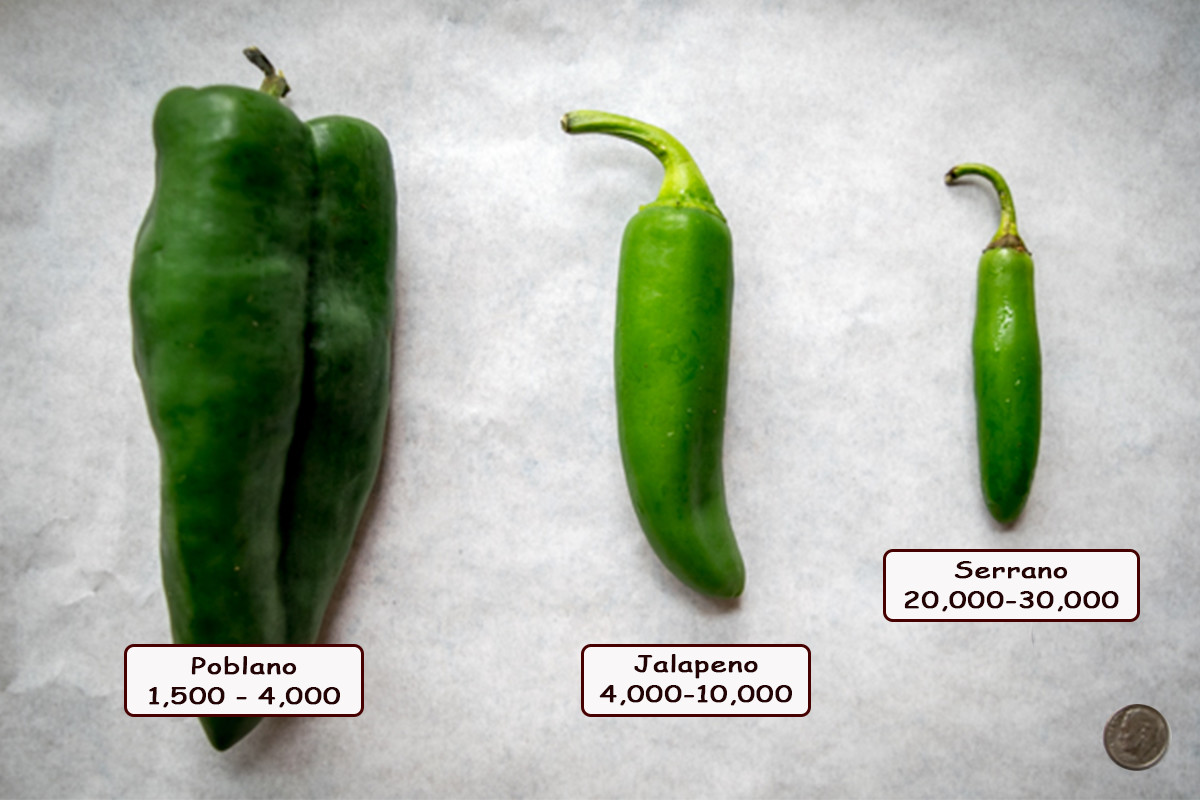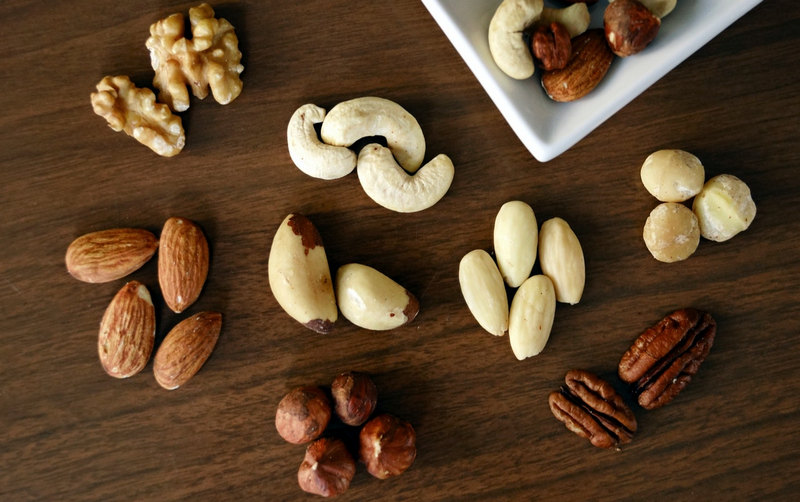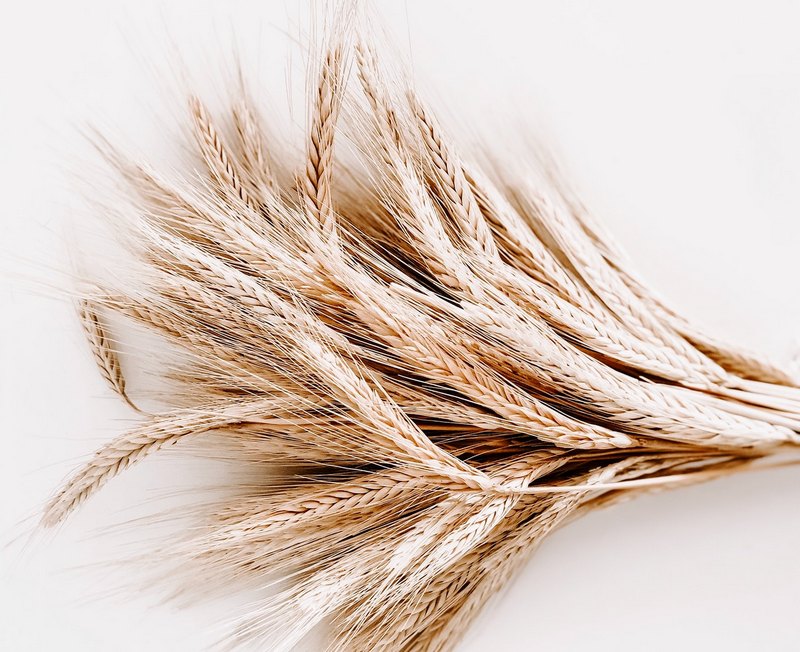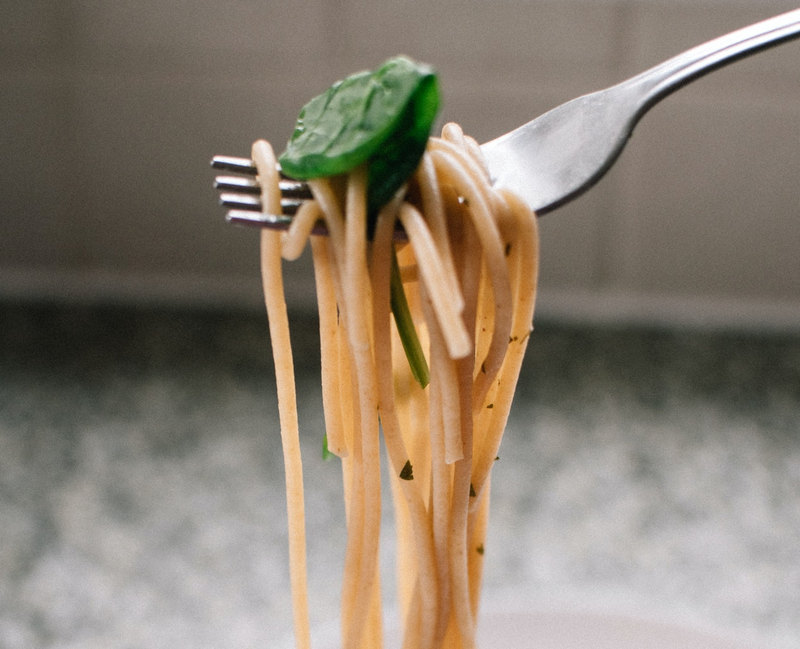Sockeye vs Atlantic Salmon: Unveiling Nutritional Differences, Taste, and Habitat
Sockeye and Atlantic salmon are two popular types of salmon with several differences between them. Sockeye salmon spawn in freshwater rivers and lakes, while Atlantic salmon spawn in freshwater rivers but spend most of their adult life in saltwater. Sockeye salmon has a higher fat content and a brighter red color due to the pigment astaxanthin. Both types of salmon are rich in protein and omega-3 fatty acids. Sockeye salmon is native to the North Pacific Ocean, while Atlantic salmon is native to the Atlantic Ocean. Sockeye salmon is considered leaner with a firmer texture and more pronounced flavor, while Atlantic salmon has a higher fat content, making it softer and more buttery. Sockeye salmon is not considered endangered, but Atlantic salmon is endangered in some areas due to overfishing, habitat loss, and pollution. Sockeye salmon are smaller in size compared to Atlantic salmon, with an average weight of 2 to 7 pounds for sockeye and up to 20 pounds or more for Atlantic salmon. Sockeye salmon have a bright red body with a green head, while Atlantic salmon are silver in color. The red color of sockeye salmon is due to the high concentration of carotenoids in their diet, which is important for marketability. Sockeye salmon are primarily found in the Pacific Ocean, from Alaska to Japan. They are also found in lakes and rivers throughout the Pacific Northwest. Atlantic salmon are found in the North Atlantic Ocean, from North America to Europe. They are also found in rivers and lakes along the Atlantic coast. Both species are anadromous, meaning they migrate from freshwater to saltwater to spawn. Sockeye salmon require freshwater and saltwater habitats, as well as specific spawning habitats in freshwater. Atlantic salmon require similar habitats but are more tolerant of brackish water. Both species have been introduced to other parts of the world, including the Great Lakes in North America and New Zealand. Both types of salmon are high in protein and omega-3 fatty acids, with around 22-25 grams of protein per 100 grams of fish. Sockeye salmon contains 1.3 grams of omega-3 fatty acids per 100 grams of fish, while Atlantic salmon contains 0.5 grams. Sockeye salmon has around 6 grams of fat per 100 grams of fish, while Atlantic salmon has around 13 grams. Sockeye salmon has around 130 calories per 100 grams of fish, compared to around 200 calories for Atlantic salmon. Both types of salmon are rich in essential minerals. Atlantic salmon has a higher amount of saturated fat compared to Sockeye salmon. Sockeye salmon has a robust, intense flavor, while Atlantic salmon has a milder taste. Sockeye salmon has a firmer texture and is less oily, while Atlantic salmon has a buttery texture. Wild-caught Sockeye salmon is preferred for its taste, color, and texture over farmed Atlantic salmon. Both types of salmon can be cooked using various methods, but Sockeye salmon is better for grilling or smoking, while Atlantic salmon is better for baking or broiling. There are concerns about the sustainability of salmon farming and its impact on the environment. Farmed salmon can have negative impacts on wild salmon populations and can lead to the spread of disease and contamination. Some salmon farms are working to reduce their reliance on wild fish for feeding. Sockeye salmon and Atlantic salmon have different feed sources and sustainability. Sockeye salmon spawn in freshwater rivers and lakes, maintaining ecosystem health, and their populations are managed for sustainability. Farmed salmon can be more affordable but may have environmental impacts. Both types of salmon offer health benefits such as protein, omega-3 fatty acids, and vitamin D. Sockeye salmon is considered tastier and higher in astaxanthin. One concern is the potential for contaminants in salmon, but levels are generally low. Another concern is the impact of salmon farming on wild fish populations and overfishing of krill. Personal preferences vary in taste and fat content. Sockeye salmon is generally considered healthier due to lower contaminant levels and higher omega-3 concentrations. Sockeye salmon is primarily wild-caught, but some farms raise them. Atlantic salmon is found in the Atlantic Ocean. Sockeye salmon is considered better than Atlantic salmon due to higher levels of omega-3 fatty acids, lower levels of contaminants, and more sustainable fishing practices. Sockeye salmon has a firmer texture and slightly stronger flavor. Both types of salmon contain around 200-250 calories per 100 grams. Sockeye salmon is considered healthier due to higher levels of omega-3s and lower levels of contaminants. Sockeye salmon has higher levels of EPA and DHA omega-3 fatty acids compared to Atlantic salmon. Atlantic salmon also contains omega-3s but in lower concentrations than sockeye salmon. Sockeye salmon and Atlantic salmon are two popular types of salmon. Sockeye salmon spawn in freshwater rivers and lakes, while Atlantic salmon spawn in freshwater rivers but spend most of their adult life in saltwater. The habitat and spawning behavior of the two types of salmon can affect their taste and texture. Both types of salmon are high in protein and omega-3 fatty acids. Sockeye salmon has a slightly higher fat content than Atlantic salmon. Sockeye salmon has a brighter red color due to the presence of a pigment called astaxanthin. Sockeye salmon is native to the North Pacific Ocean, particularly Alaska and British Columbia. Atlantic salmon is native to the Atlantic Ocean, particularly Norway, Scotland, and Canada. Sockeye salmon is leaner and has a firmer texture and more pronounced flavor. Atlantic salmon has a higher fat content, making it softer and more buttery in texture. Sockeye salmon is mostly found in freshwater lakes and rivers, while Atlantic salmon is mostly found in saltwater oceans. Sockeye salmon is not considered endangered, but some populations have experienced declines. Atlantic salmon is considered endangered in some areas due to overfishing, habitat loss, and pollution. Sockeye salmon are generally smaller in size compared to Atlantic salmon, with sockeye ranging from 2 to 7 pounds and Atlantic salmon growing up to 20 pounds or more. Sockeye salmon have a bright red body with a green head, while Atlantic salmon are silver in color. Sockeye salmon have a higher concentration of carotenoids in their diet, which gives them their vibrant red color. Atlantic salmon have a more muted color with silver scales. Sockeye salmon are primarily found in the Pacific Ocean, from Alaska to Japan, while Atlantic salmon are found in the North Atlantic Ocean, from North America to Europe. Sockeye salmon prefer freshwater and saltwater habitats with specific spawning habitats in freshwater, while Atlantic salmon are more tolerant of brackish water. Both species have been introduced to other parts of the world, including the Great Lakes in North America and New Zealand. Both sockeye and Atlantic salmon are high in protein and omega-3 fatty acids, with around 22-25 grams of protein per 100 grams of fish. Sockeye salmon has higher omega-3 fatty acid content (1.3 grams per 100 grams) compared to Atlantic salmon (0.5 grams per 100 grams). Sockeye salmon has lower fat content (6 grams per 100 grams) compared to Atlantic salmon (13 grams per 100 grams). Sockeye salmon has lower calorie content (130 calories per 100 grams) compared to Atlantic salmon (200 calories per 100 grams). Both types of salmon are rich in essential minerals such as sodium, potassium, iron, calcium, copper, and phosphorus. Atlantic salmon has higher amounts of saturated fat compared to Sockeye salmon. Sockeye salmon has a stronger flavor and firmer texture, while Atlantic salmon has a milder taste and buttery texture. Consumers perceive Atlantic salmon as having a better taste than other farmed salmon species. Wild-caught Sockeye salmon is preferred over farmed Atlantic salmon for its taste, color, and texture. Sockeye salmon is better for grilling or smoking, while Atlantic salmon is better for baking or broiling. Farmed salmon, including Atlantic salmon, is popular but raises concerns about sustainability and environmental impact. Salmon farming can negatively impact wild salmon populations and contaminate the environment. The use of antibiotics and pesticides in salmon farming can lead to the spread of disease. Farmed salmon are often fed with fishmeal made from wild-caught fish, leading to overfishing and depletion of wild fish populations. Sockeye salmon and Atlantic salmon are both types of fish that offer health benefits. Sockeye salmon is considered more sustainable as they mate and spawn in freshwater rivers and lakes. Farmed salmon, including Atlantic salmon, can be more affordable and readily available but may have potential environmental impacts. Both types of salmon are a good source of protein, omega-3 fatty acids, and vitamin D. Sockeye salmon is often considered tastier with a richer flavor and firmer texture. Sockeye salmon is higher in astaxanthin, a powerful antioxidant linked to various health benefits. Contaminants like mercury, PCBs, and dioxins can be a concern with salmon consumption,
Continue Reading